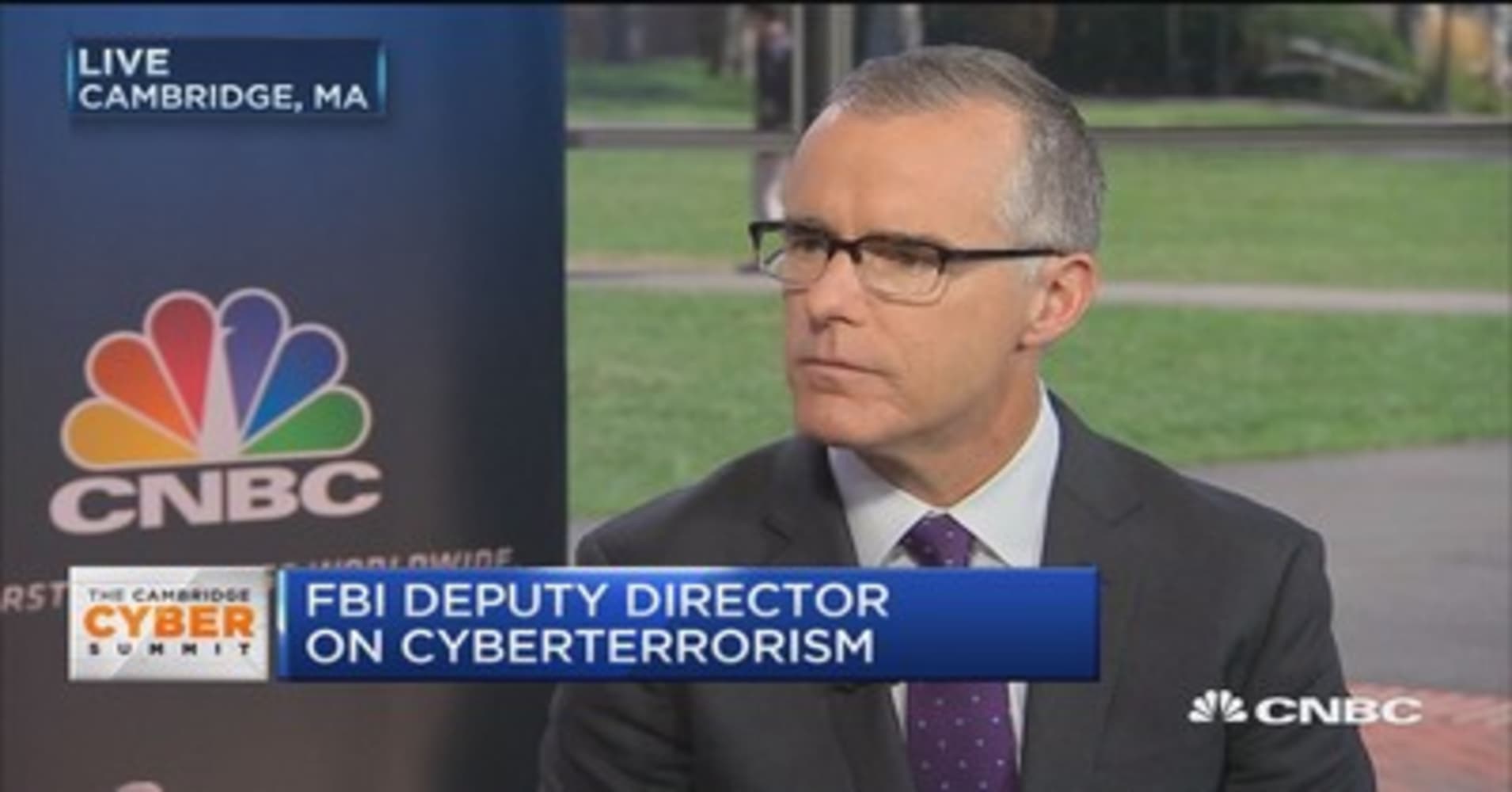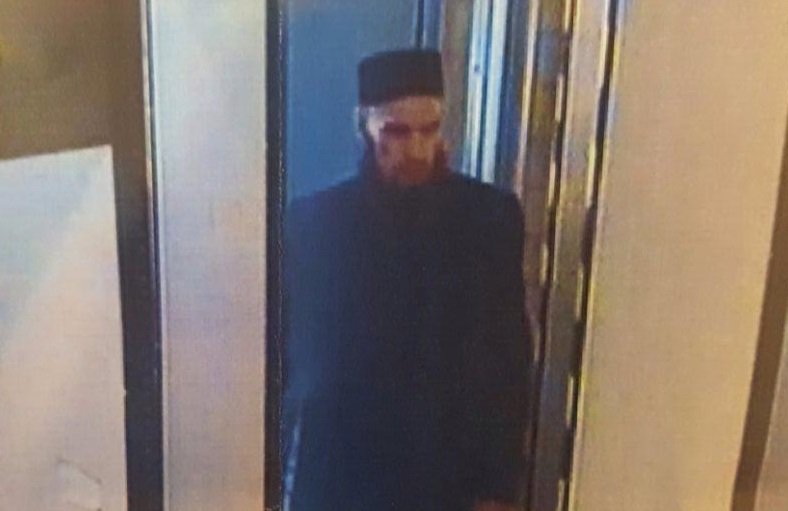 She wrote a book, it is chilling and a must read, STONEWALLED. Further, Ms. Attkisson had to sue the Department of Justice to get access to the FBI file concerning her case. Why won’t the FBI show me my FBI file –as the law requires? Anyone else asking besides me, since we have a new AG at Main Justice, how come we have no declassified Fast and Furious and Benghazi just to mention a few? Any, read on…
She wrote a book, it is chilling and a must read, STONEWALLED. Further, Ms. Attkisson had to sue the Department of Justice to get access to the FBI file concerning her case. Why won’t the FBI show me my FBI file –as the law requires? Anyone else asking besides me, since we have a new AG at Main Justice, how come we have no declassified Fast and Furious and Benghazi just to mention a few? Any, read on…

***
Below are excerpts from the judge’s opinion, which provides a good summary.
UNITED STATES DISTRICT COURT
FOR THE DISTRICT OF COLUMBIA
MEMORANDUM OPINION, by U.S. District Judge Emmet Sullivan
As an investigative reporter for CBS News, Ms. Attkisson was responsible for investigating and reporting on national news stories. Between 2011 and 2013, she investigated and prepared various high-profile news reports, including ones related to the “Fast and Furious” “gunwalking” operation and the attack on the American diplomatic mission in Benghazi, Libya…
In 2011——at the same time that Ms. Attkisson was conducting investigations and issuing certain of her high-profile news reports——the Attkissons “began to notice anomalies in numerous electronic devices at their home in Virginia.” These anomalies included Ms. Attkisson’s work-issued laptop computer and a family desktop computer “turning on and off at night without input from anyone in the household,” “the house alarm chirping daily at different times,” and “television problems, including interference.” All of these electronic devices used “the Verizon FiOS line installed in [the Attkissons’] home,” but Verizon was unable to stanch the anomalous activity despite multiple attempts. In January 2012, the Attkissons’ residential internet service “began constantly dropping off.”
In February 2012, “sophisticated surveillance spyware” was installed on Ms. Attkisson’s work-issued laptop computer. A later forensic computer analysis revealed that Ms. Attkisson’s laptop and the family’s desktop computer had been the “targets of unauthorized surveillance efforts.” That same forensic analysis revealed that Ms. Attkisson’s mobile phone was also targeted for surveillance when it was connected to the family’s desktop computer. The infiltration of that computer and the extraction of information from it was “executed via an IP address owned, controlled, and operated by the United States Postal service.” Additionally, based on the sophisticated nature of the software used to carry out the infiltration and software fingerprints indicating the use of the federal government’s proprietary software, the infiltration and surveillance appeared to be perpetrated by persons in the federal government.
An independent forensic computer analyst hired by CBS subsequently reported finding evidence on both Ms. Attkisson’s work-issued laptop computer and her family’s desktop computer of “a coordinated, highly-skilled series of actions and attacks directed at the operation of the computers.” Computer forensic analysis also indicated that remote actions were taken in December 2012 to remove the evidence of the electronic infiltration and surveillance from Ms. Attkisson’s computers and other home electronic equipment.
As Ms. Attkisson’s investigations and reporting continued, in October 2012 the Attkissons noticed “an escalation of electronic problems at their personal residence, including interference in home and mobile phone lines, computer interference, and television interference.” In November of that year, Ms. Attkisson’s mobile phones “experienced regular interruptions and interference, making telephone communications unreliable, and, at times, virtually impossible.”
Additionally, in December 2012, a person with government intelligence experience conducted an inspection of the exterior of the Attkissons’ Virginia home. That investigator discovered an extra Verizon FiOS fiber optics line. Soon thereafter, after a Verizon technician was instructed by Ms. Attkisson to leave the extra cable at the home, the cable disappeared, and the Attkissons were unable to determine what happened to it. In March 2013, the Attkissons’ desktop computer malfunctioned, and in September of that year, while Ms. Attkisson was working on a story at her home, she observed that her personal laptop computer was remotely accessed and controlled, resulting in data being deleted from it. On April 3, 2013, Ms. Attkisson filed a complaint with the Inspector General of the Department of Justice. The Inspector General’s investigation was limited to an analysis of the compromised desktop computer, and the partially-released report that emerged from that investigation reported “no evidence of intrusion,” although it did note “a great deal of advanced mode computer activity not attributable to Ms. Attkisson or anybody in her household.”
The Attkissons allege that the “cyber-attacks” they “suffered in [their] home” were perpetrated by “personnel working on behalf of the United States.” Accordingly, they have asserted various claims against the United States and against former Attorney General Eric Holder, former Postmaster General Patrick Donahoe, and unknown agents of the Department of Justice, the United States Postal Service, and the United States, all in their individual capacities. Those claims include claims against the United States under the FTCA and claims against the individual federal officers for violations of constitutional rights under Bivens v. Six Unknown Named Agents of Fed. Bureau of Narcotics, 403 U.S. 388 (1971)…
Having determined that venue is improper as to the Attkissons’ FTCA claims and that the pendent venue doctrine is inapplicable, the Court may either “dismiss, or if it be in the interest of justice, transfer [this] case to any district or division in which it could have been brought.” “The decision whether a transfer or a dismissal is in the interest of justice . . . rests within the sound discretion of the district court,” Naartex Consulting Corp. v. Watt, 722 F.2d 779, 789 (D.C. Cir. 1983), but the “standard remedy for improper venue is to transfer the case to the proper court rather than dismissing it——thus preserving a [plaintiff’s] ability to obtain review.” Nat’l Wildlife Fed’n v. Browner, 237 F.3d 670, 674 (D.C. Cir. 2001). The Court will use that standard remedy here and find that
the interest of justice warrants transfer rather than dismissal so that the Attkissons’ claims can be adjudicated on the merits.
Conclusion
For the reasons stated above, defendants’ amended motion to dismiss is GRANTED IN PART and DENIED IN PART WITHOUT PREJUDICE. As to their assertion that the Attkissons’ FTCA claims are improperly venued, defendants’ motion is granted. Accordingly, this consolidated case shall be transferred in its entirety to the United States District Court for the Eastern District of Virginia. The remainder of defendants’ amended motion to dismiss is denied without prejudice so that defendants may refile it, if appropriate, upon transfer to the Eastern District of Virginia. Likewise, the Attkissons’ motion for reconsideration of the Order denying various motions related to third-party discovery is DENIED WITHOUT PREJUDICE so that it may be refiled in and more appropriately resolved by the transferee court. An appropriate Order accompanies this Memorandum Opinion.
SO ORDERED.
Signed: Emmet G. Sullivan
United States District Judge
March 19, 2017






 The Committee also said that nine people were killed and 20 injured in the blast, which took place as a train traveled between the “Sennaya Ploshchad” and “Tekhnologichesky Institut” stations.
The Committee also said that nine people were killed and 20 injured in the blast, which took place as a train traveled between the “Sennaya Ploshchad” and “Tekhnologichesky Institut” stations.